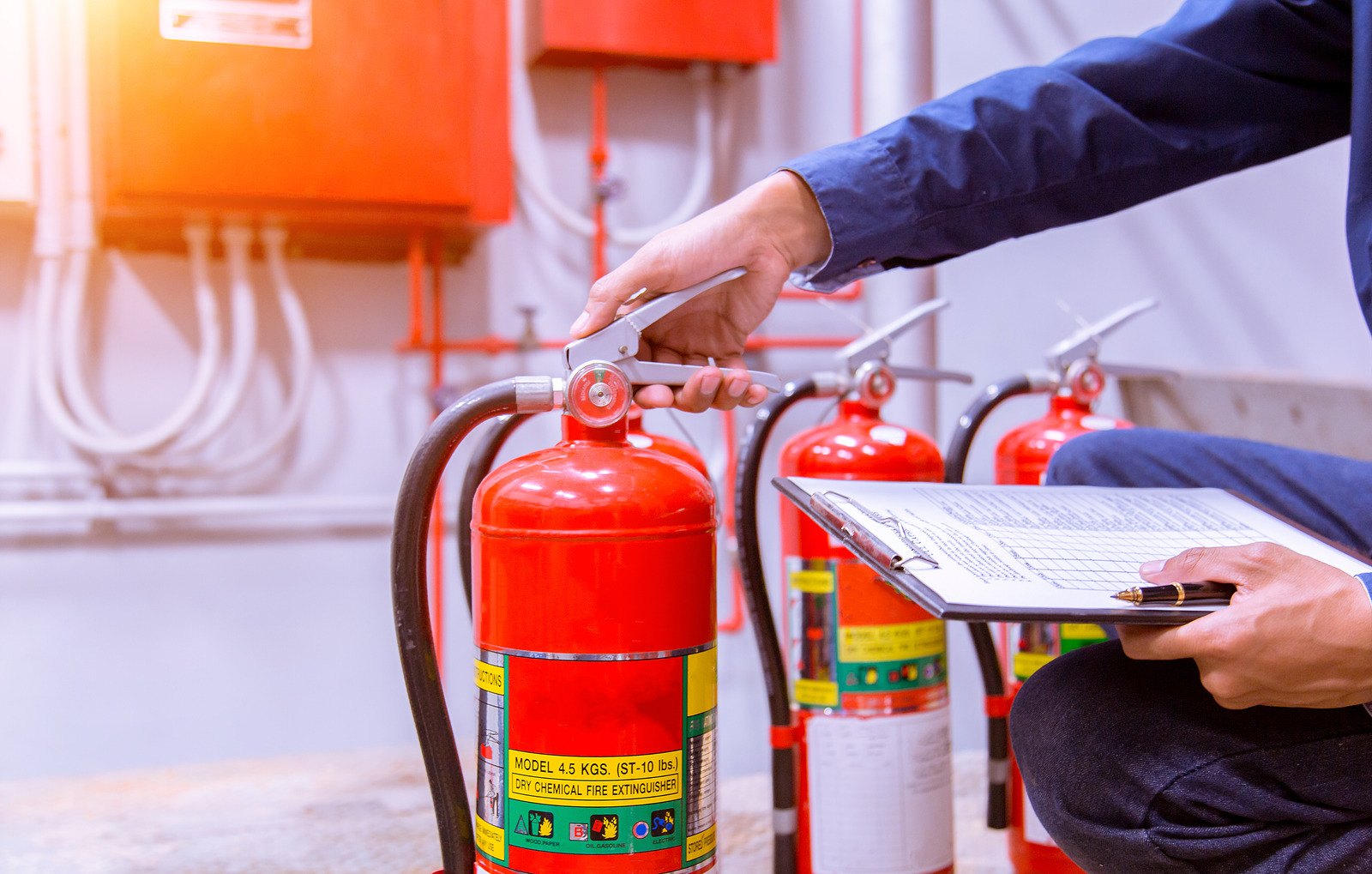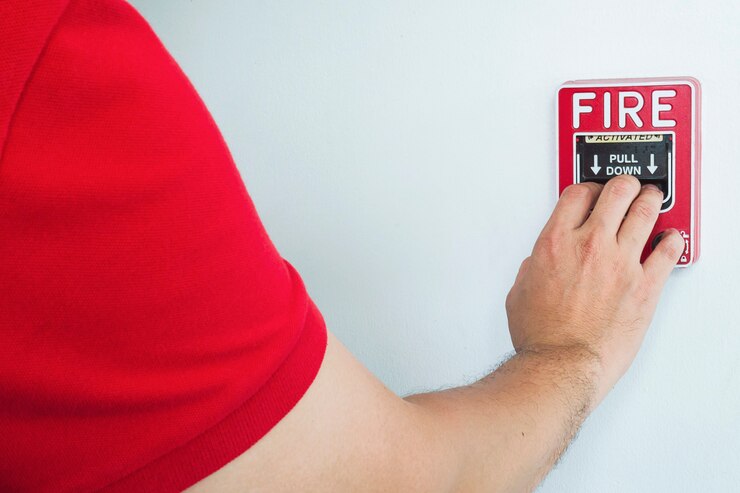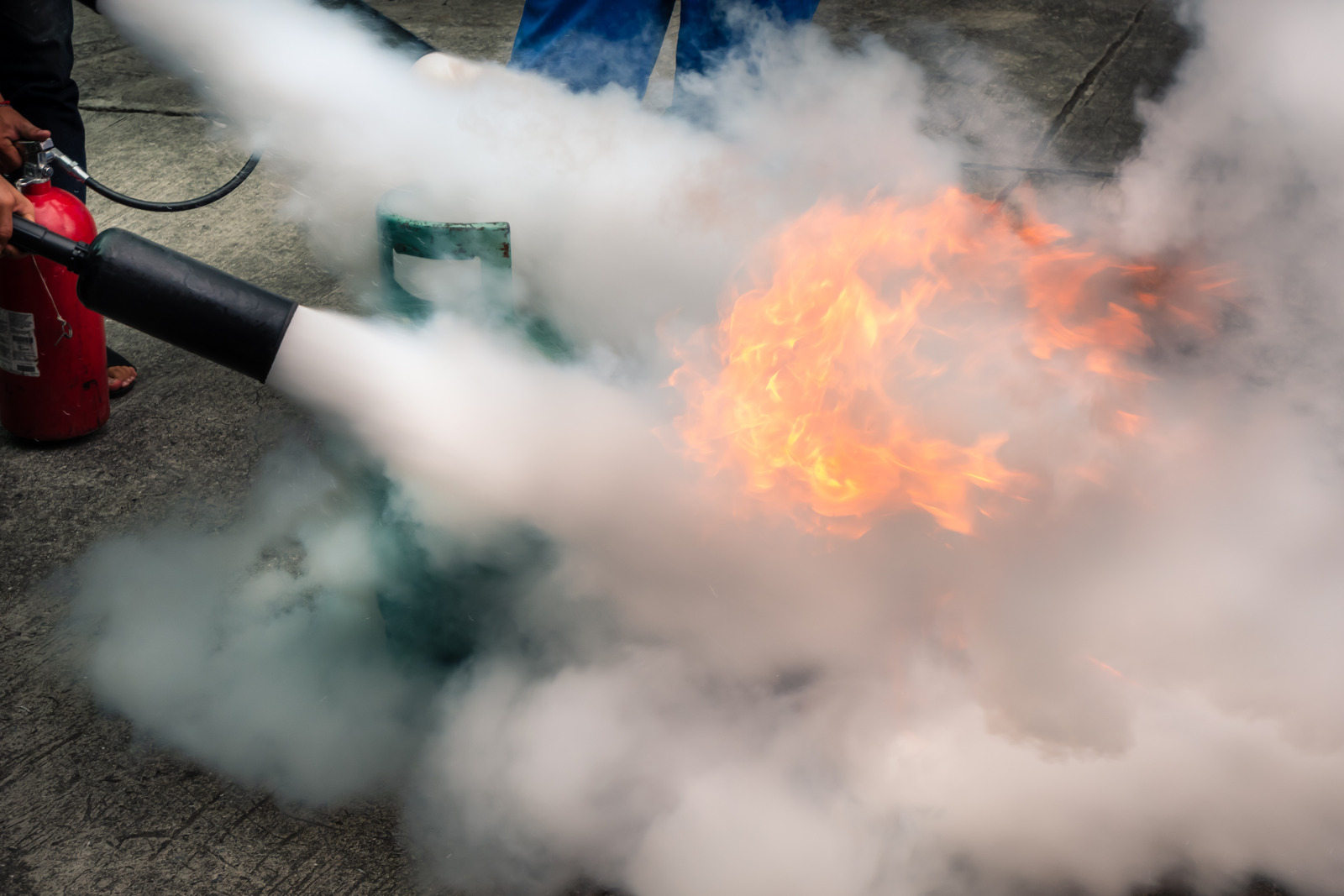How can you tell when a fire will strike your home or workplace? There’s no way to be sure. A fire can happen by accident — for example, due to someone dropping a cigarette — or started deliberately by vandals. However, our fire protection company can expertly aid clients in preparing for potential blazes.
Read MoreThe Difference Between Active and Passive Fire Protection
When it comes to fire protection, passive and active systems are equally important for keeping a building safe. But what are the differences between these two forms of protection, and what do they do?
If you’re looking to ensure that a building is protected from fires and want to know more about the different types of protection systems and how they work, you’ve come to the right place.
Read MoreExamples of Passive Fire Protection and how they work
Passive fire protection is becoming an increasingly important part of minimising the risks of fire to a building and its occupants.
As opposed to active fire protection, which refers to more products and measures such as fire extinguishers and smoke alarms that detect and stop the fire, a passive fire protection system aims to contain the fire and prevent it from spreading further.
Read More6 tips to improve fire safety within a building
Fire safety measures are measures you hope are never needed in reality, but if the unexpected happens, you need to make sure you’re covered. After all, lives are at stake, so anything that you can do to make your building even safer should certainly be implemented where possible.
Read MoreWhat You Need To Know About Your Passive Fire Protection System
Many people tend to think of fire protection as something that happens after a building is already built, and in some cases, especially for older buildings, that could be true. However, passive fire protection systems are actually components that are included right from the start of the building process and are often already planned out before the building even begins.
Read More


